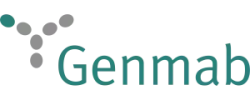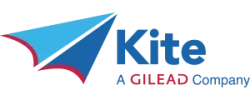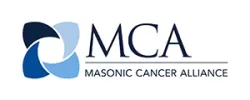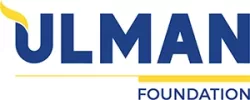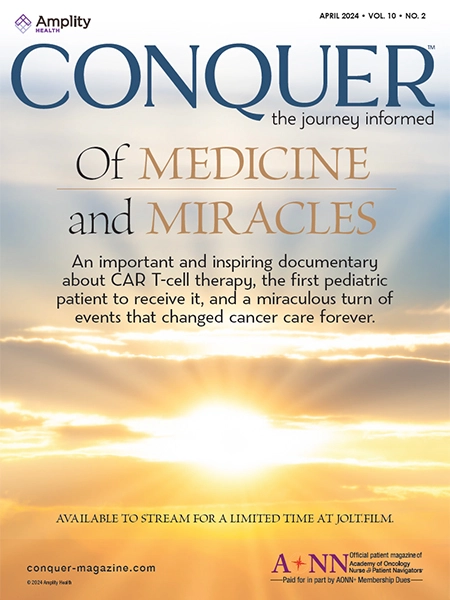“Have you taken the survey?”
It’s a question you can expect to hear frequently over the next few months. If you’re involved in oncology patient navigation in any capacity, the American Cancer Society (ACS) National Navigation Roundtable (NNRT) wants to hear from you. A 50-member coalition of organizations and individuals dedicated to effective oncology patient navigation, the purpose of the NNRT is to promote and support the navigation profession. The roundtable is comprised of 3 individual mission-focused task groups, each of which is dedicated to tackling an area of central concern to the profession. The task groups are Workforce Development, Policy, and Evidence Based Promising Practices (EBPP). The EBPP Task Group is charged with developing, supporting, and promoting an evidence-based, outcomes-driven patient navigation model.
The NNRT’s most ambitious project to date, spearheaded by the EBPP Task Group, has been to undertake an extensive survey of the entire field of nurse and patient navigation. Thousands of individuals—members of every national professional organization and every healthcare facility that employs a navigator—are expected to respond to the electronic questionnaire. The survey has been designed to have a dual reach in that it will gather responses from both navigators and administrators with the aim of obtaining a fuller picture of the diversity of practices in patient navigation. The primary objective undergirding the survey is to create unified metrics that will be used to demonstrate that navigators provide a positive return on financial investment vis-à-vis patient experience and clinical outcome. This will be of tremendous importance when interfacing with new oncology care payment models, such as Medicare Advantage, MIPS, and others.
What Does the NNRT Mean for You?
To learn more about this project, the first of its kind in the field, Monica Dean, Director of the NNRT, and Tricia Strusowski, Manager, Chartis Oncology Solutions, Academy of Oncology Nurse & Patient Navigators (AONN+) leadership member, and co-chair of the EBPP discussed the development of the national survey, the issues the task group hopes to address, and where the NNRT plans to go from here. It was clear that these leaders see the current moment as opportune for the NNRT to take the lead in positioning patient navigation in the enlarging conversation around value-based cancer care. What that means in practical terms is that the NNRT would act as a convening body for the profession as it shapes a consensus regarding its unique role in the provision of care.
In addition, it would help articulate to providers navigation’s 2-fold benefit in improving patient experience and patient outcomes. Crucially, for the future of the profession, it would provide a method for providers and payers to identify the significant return on investment that is realized when navigators are factored into the oncology care equation.
This Is Our Moment—Defining the Navigation Profession for the Future
One aspect Ms Dean and Ms Strusowski both cited as critical to the acceptance of this initiative is the energy generated by the collaboration of all the organizations taking part in the national roundtable. With the full buy-in of the major organizations representing patient navigators, this seems like the ideal time to move ahead on an idea that is ready to come to light. As Ms Strusowski put it, “The stars are all aligned; this is the perfect time for us to work together to create some consistency and standardization for all navigation programs.”
Patient navigation is a young profession, and one that has flourished considerably over the decades since Harold Freeman, MD, began what is considered to be the first navigation program in Harlem Hospital in the 1990s. As medicine, especially oncology, has grown more complex in that time, the need for navigators has grown with it. As a result, the oncology navigation profession has seen the emergence of independent accrediting agents—sometimes linked with individual navigation education or training programs. At the same time, patient navigation has grappled with the lack of professional standardization, and although a number of training or education programs developed standards of their own, the problem of having no nationally recognized benchmarks for navigation metrics continued. Ms Strusowski emphasized that point: “We need to get consensus—things have been too siloed.” Even after more than 20 years into the profession, there still do not exist agreed upon core competencies or metrics.
Both women also maintained that the delineation of professional objectives and standards should arise from the profession’s membership itself and not be imposed by an outside regulator or by external legislative action. Ms Strusowski summed up the position this way, “People who don’t know about navigation should not be making the argument.”
NNRT Partnering with American Cancer Society—Building on our Strengths
When asked why NNRT, in particular, should lead in this definitional project, Ms Dean commented on ACS’s long history of bringing organizations together for a common cause. She referred to its first such effort, the National Colorectal Cancer Roundtable, some 20 years ago: “ACS is great at convening—great at solving problems, and its real skill lies in its ability to pull people together.” The NNRT represents a cross-section of professional organizations, industry, state and federal agencies, and academic interests. Not only does it serve as the coordinating body, but it views navigation as an extremely important way to support patients and increase their access to care, especially as the healthcare system has become so fragmented.
Methodology and Theory of the Survey: Making Navigation Metrics Count
EBPP Task Group members began laying the groundwork for a profession-wide survey at the first national meeting of the NNRT held in 2017. At the heart of this project are the interrelated definitional questions: (1) what is the “model” of navigation used in each institution (ie, is it nurse, lay, social work, etc), (2) what functions does the navigator perform, and (3) do they collect metrics, and if so, what do they collect and how do they collect it.
Working with academics, statisticians, and other researchers for more than 10 months, members of the task group, led by Ms Strusowski and co-chair Beth Calhoun, PhD, University of Arizona, they formulated the survey methodology. To do so, they looked at more than 50 navigation programs from across the country to get a sense of the existing approaches. The EBPP Task Group investigators found a varied landscape as they studied programs in different settings―from urban to rural, community-based to large cancer center, academic research to oncology care model, and so on. Understanding this incredible variety of care was essential, especially as it pertains to assessing how metrics are understood, collected, and applied. An important reference for this work was the AONN+ National Evidence-Based Oncology Navigation Metrics Study that identified 35 navigation metrics, including patient experience, clinical outcome, and return on investment. The AONN+ metrics were created to support the success and sustainability of navigation and can be utilized in all settings and all models of navigation. This existing set of standards served as a useful point of departure from which to create the instrument the EBPP envisioned.
Aligning Navigation Metrics with Value-Based Cancer Care Standards
To ensure the metrics survey would have valance across a broad range of national standards and value-based cancer care models, the metrics were cross- referenced with the Commission on Cancer, NAPBC standards, Merit-Based Incentive Payment System, Alternative Payment Models, Quality Oncology Practice Initiative, and Oncology Care Model indicators to demonstrate how those payment models support navigation metrics.
Once the survey results are collected, they can be put to use in a number of analytical scenarios. In the short-term, the survey task group will concentrate on establishing the uniform basic metrics and a methodology for collecting them. The necessity for this quantifiable data cannot be overstated in a healthcare system that uses a payment model based on return on investment and demonstrable positive outcomes. Data from the survey will also be used to formulate and share a set of professional best practices and to create consistency between models and roles. Naturally, these dovetail with other projects important to the profession right now, including the current emphasis on acuity as well as workforce development.
Success in Numbers—Patient Navigators Work Together
Ultimately, the success of this endeavor depends on the participation of the individuals at the membership level. These are the first steps in establishing a national body that represents a unified coherent professional identity. Ms Dean framed the goals of the NNRT succinctly, “At the end of the day, we want patient navigation to be recognized―and we want to move at light speed.”



